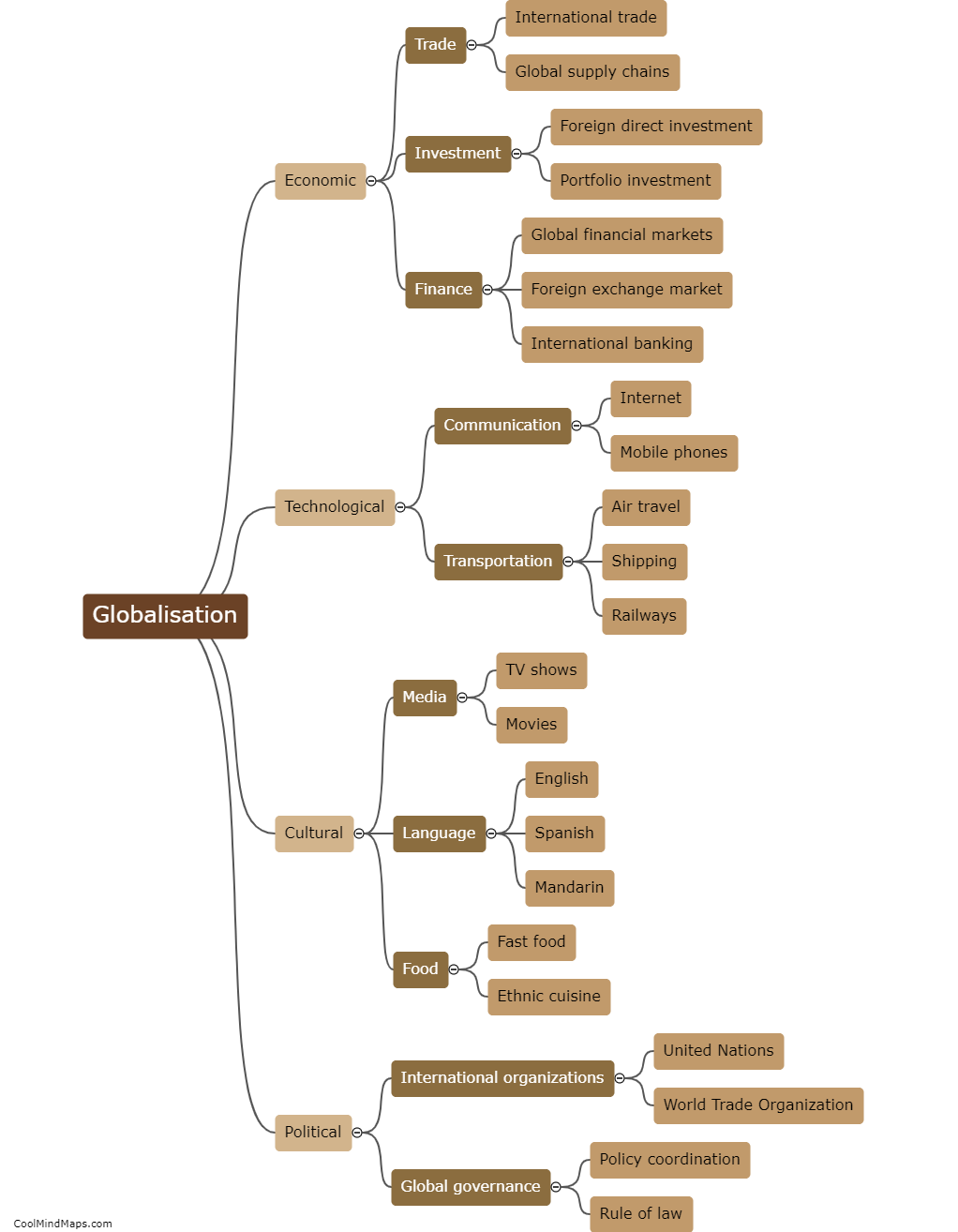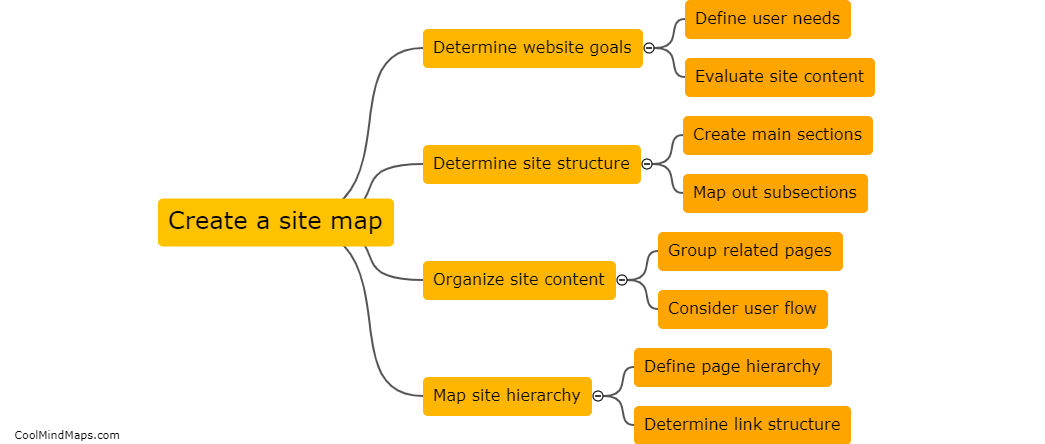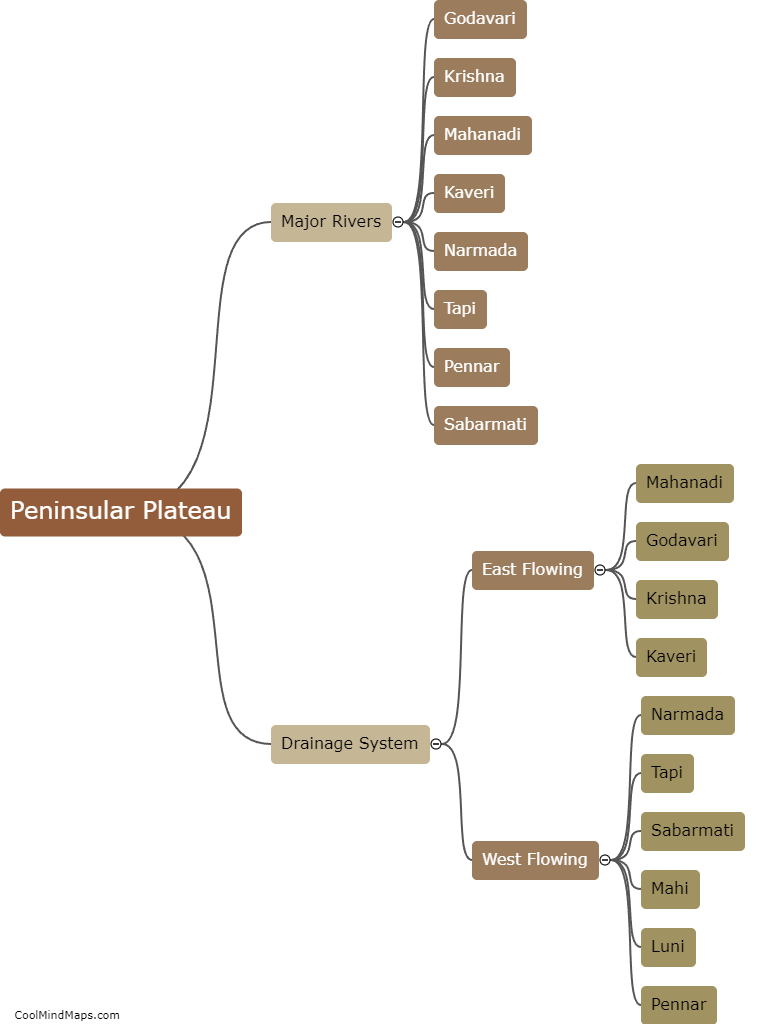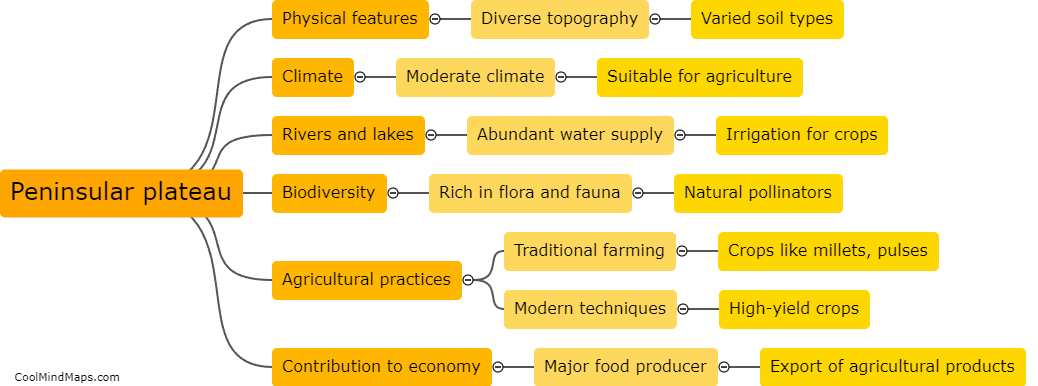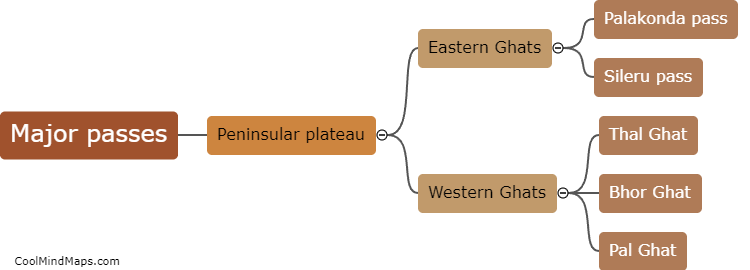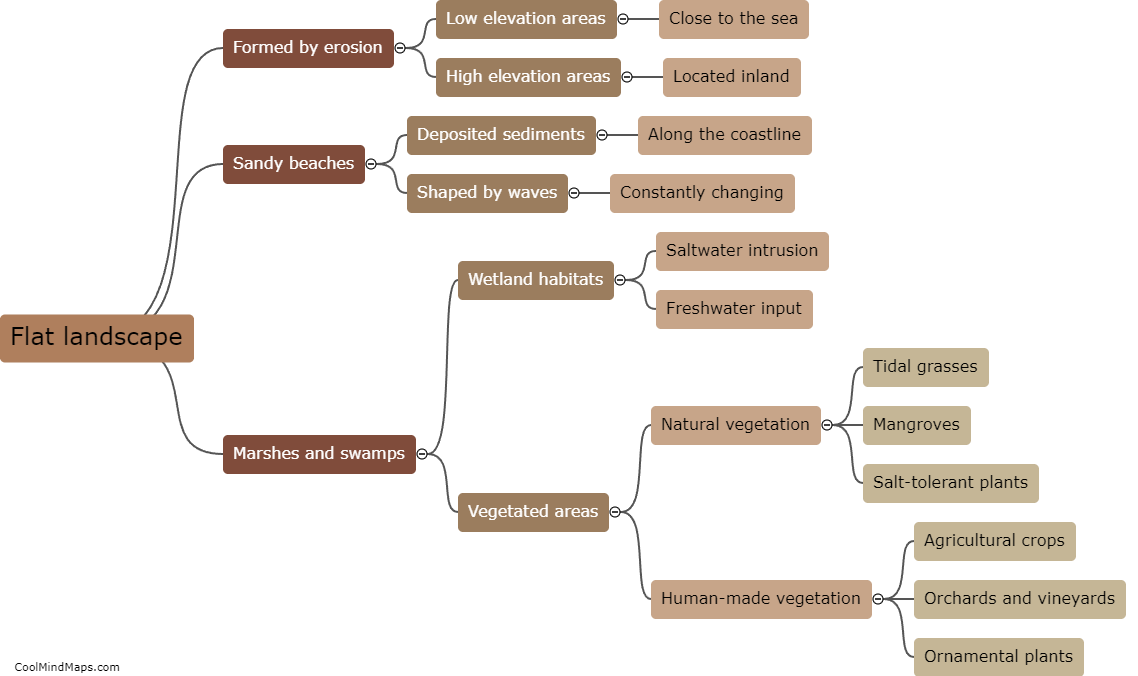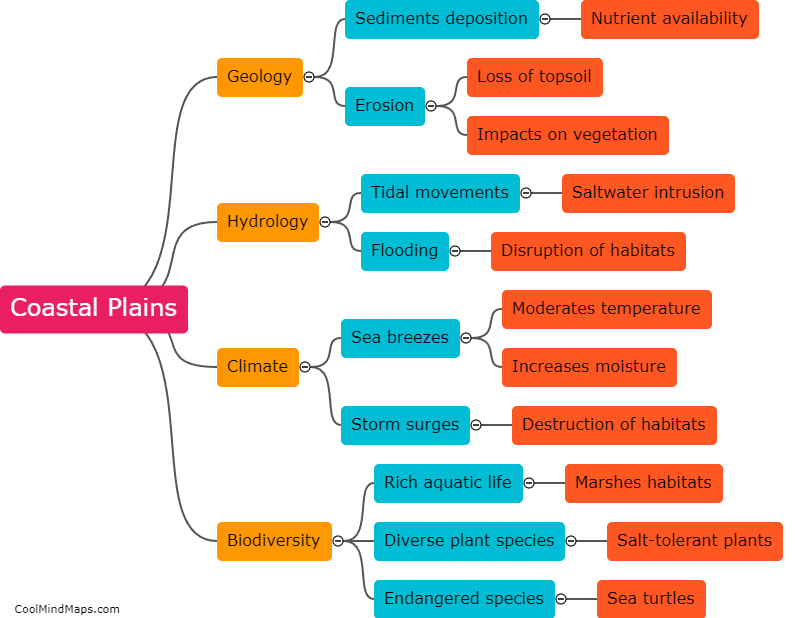What is a coastal plain?
A coastal plain is a flat or gently sloping stretch of land that borders a coastline. It is formed through the process of sedimentation, where rivers deposit sediments as they flow towards the ocean. Over time, these sediments accumulate and create the flat, low-lying areas near the coast. Coastal plains can vary in width, ranging from a few miles to hundreds of miles, and they are typically characterized by fertile soil, making them ideal for agriculture. These plains are essential in providing habitats for various plant and animal species, as well as being economically significant for human settlements and activities such as fishing, tourism, and transportation.

This mind map was published on 1 February 2024 and has been viewed 126 times.
